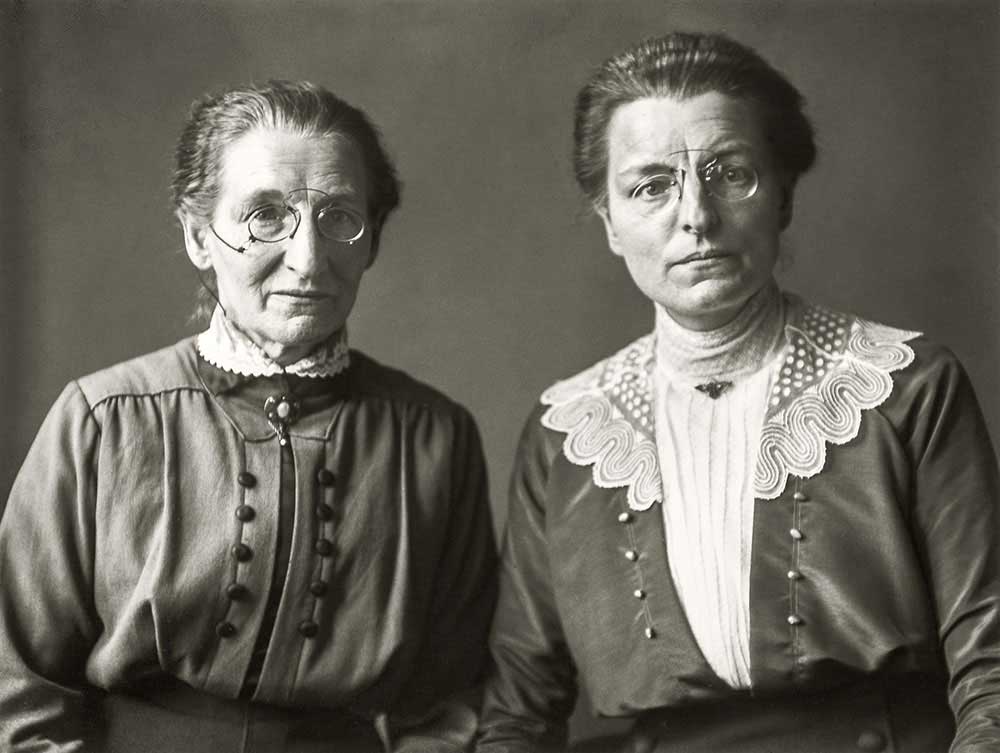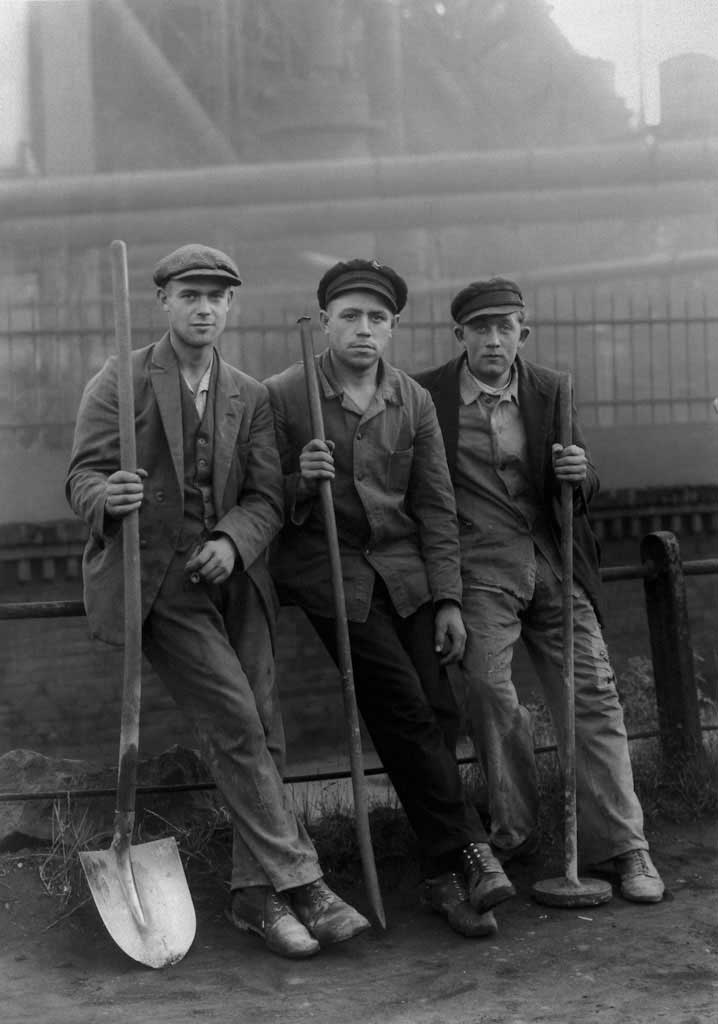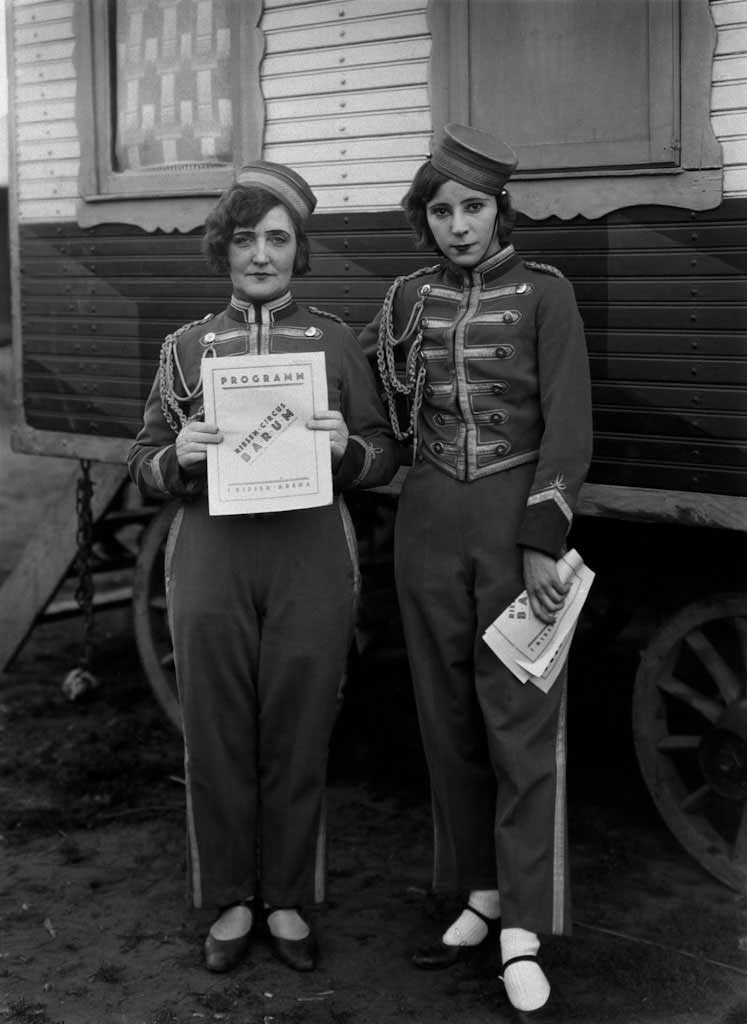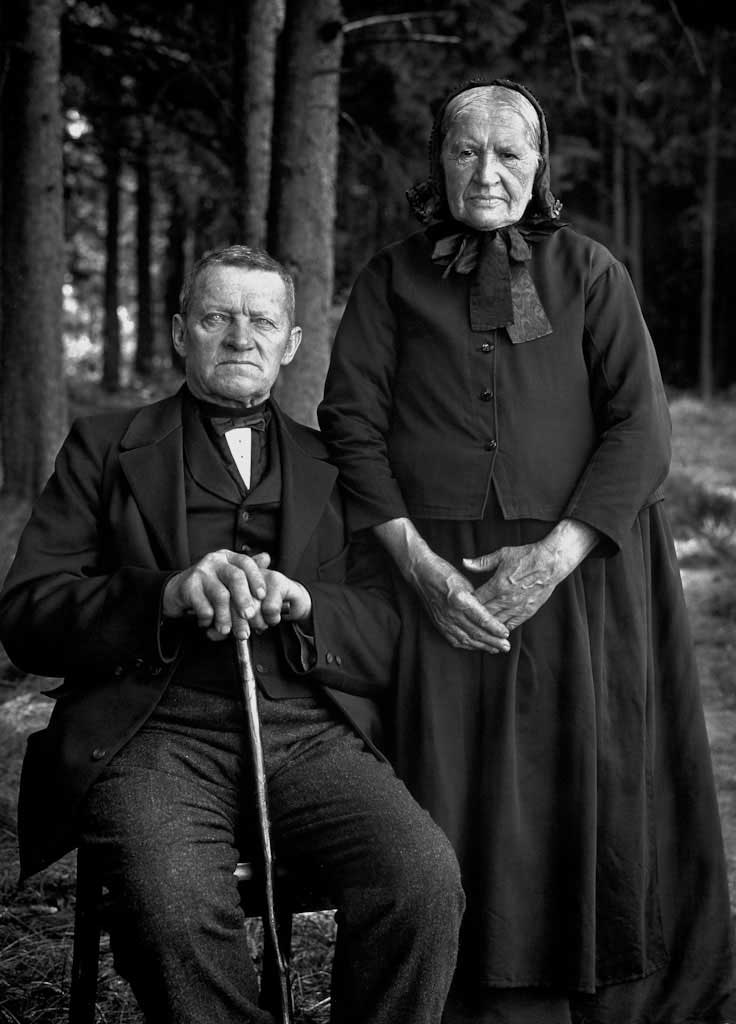People of the 20th Century is a photographic series created by German photographer August Sander between 1910 and 1964.
The project consists of over 600 portraits divided into seven categories: farmers, workers, women, artists, citizens, professions, and “the last men,” which features photographs of elderly and infirm individuals.The series provides a comprehensive visual representation of German society during the first half of the 20th century.
Sander’s intention with the project was to create a typology of the German people that would document the various social classes and professions that made up German society. He wanted to capture the essence of each person he photographed, emphasizing their physical features and social position. Sander’s portraits were taken in a simple studio setting, with little adornment or decoration, allowing the subject’s personality and character to shine through.

The portraits in the “People of the 20th Century” series reveal the diversity of German society during the time, and the dramatic social and economic changes that occurred during the period. The farmers category depicts traditional rural life, while the workers category captures the rapid industrialization of Germany during the early 20th century. The women category includes portraits of women in various professions, challenging gender roles and norms of the time.
Sander’s approach to photography was informed by the artistic movement of New Objectivity, which sought to realistically represent contemporary society and culture. His portraits are unapologetic in their portrayal of the subjects and the societal norms of the time, without idealizing or exaggerating their features.

However, Sander’s work faced criticism and persecution during the Nazi regime. His photographs were deemed “degenerate” and “inappropriate” by the Nazi authorities, leading to the confiscation of many of his works and the forced halt of the publication of his series. Despite the obstacles, Sander’s legacy endures as a remarkable chronicle of German society during a time of profound change. His “People of the 20th Century” series offers a compelling visual representation of the social and economic landscape of Germany, while his influence on contemporary photography continues to be felt today.

August Sander’s “People of the 20th Century” project is a testament to his remarkable vision and skill as a photographer. The series provides a comprehensive visual representation of German society during the first half of the 20th century, and its typology of the German people remains a valuable resource for scholars, artists, and anyone interested in the history of photography and the human condition.







